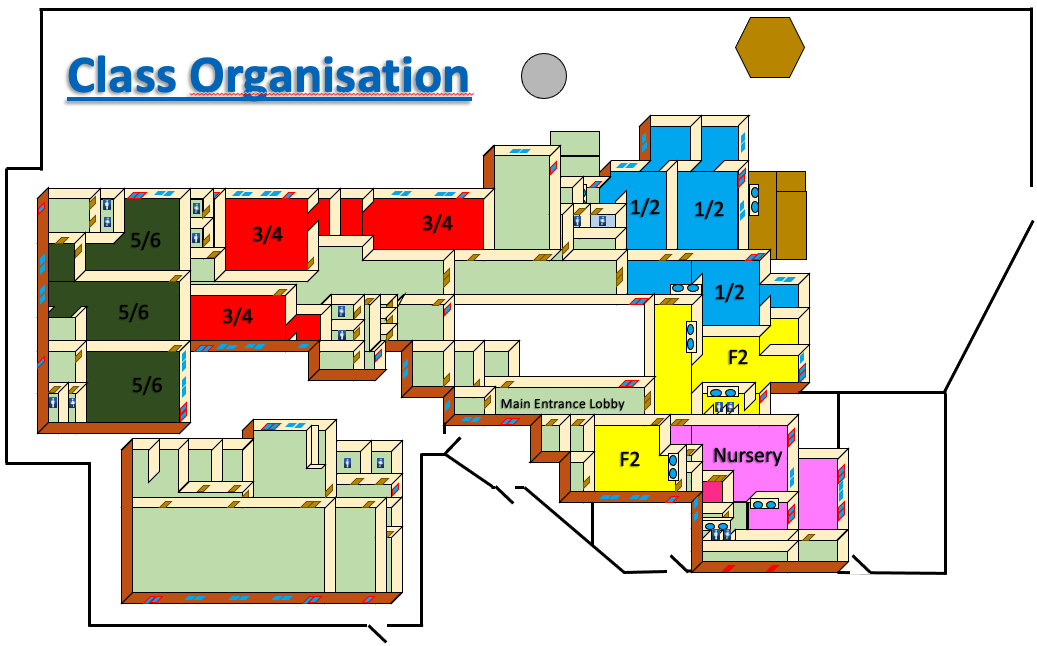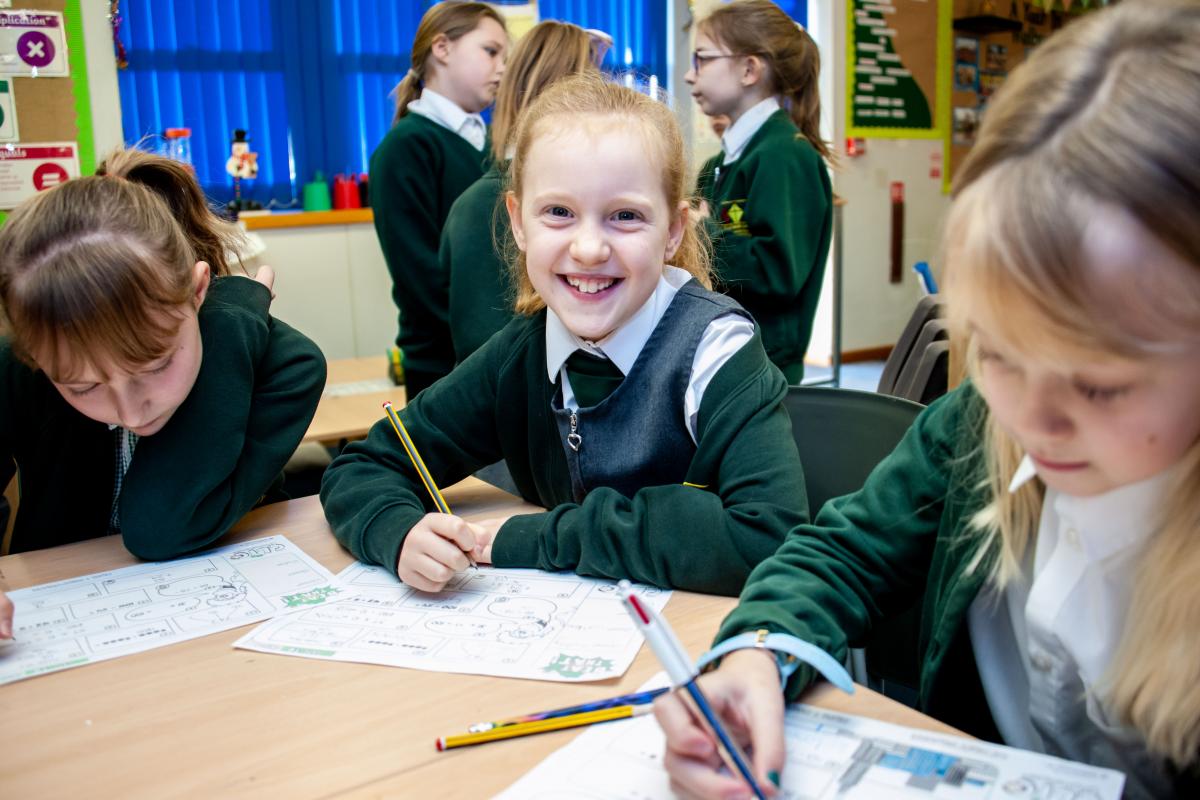Organisation of Classes
How we arrange our classes and our classrooms.

A few years ago, progress rates at the school were not as we would like and yet, lesson observations showed that good teaching was taking place in almost every classroom. When we delved deeper we looked at precisely what was being taught and how.
With 45 children in each year group, it made class sizes quite awkward because we don't have space for more than 30 in a class. What used to happen was that we would, for example, place the youngest Yr1 children into one class, the oldest Year 2 into another and then have a mixed class of the oldest Y1 and youngest Y2.
On the surface this makes sense. The Y1 class were being given year 1 work (e.g. full stops) and the Y2 class were doing year 2 work (e.g. commas). The problem was that there were some children in the Y1 class who already knew how to do full stops and so wasted a significant amount of time going over stuff they could already do. Similarly, in the Y2 class, some of those children were still struggling with full stops and so were, again, wasting time on concepts that they could not yet access. Meanwhile, in the mixed Y1/2 class the children were doing 'Pirates!' The teacher scrapped the concept of 'year1' work or 'year2' work and simply taught lessons that were interesting and exciting and supported each child with whatever concept they needed to learn. The children in the mixed age class were making more progress than the other two, not because of the organisation, but because the teacher focussed on individual needs rather than age group expectations.
Suddenly there were six adults who shared three parallel classes. They began sharing planning, ideas, even children; if a couple of children in each class were flying through their work, they could get together with a teacher or TA and undergo an extension activity or challenge that really stretched them.
The following year we mixed our classes and trained staff to focus on individual needs rather than on blanket 'whole class lessons'. We moved teaching assistants into classrooms so that they could support children in context and so that those who were struggling had quick and easy access to extra guidance as and when they needed it as opposed to having a 15 minute slot each day outside the class on an 'intervention scheme'.


